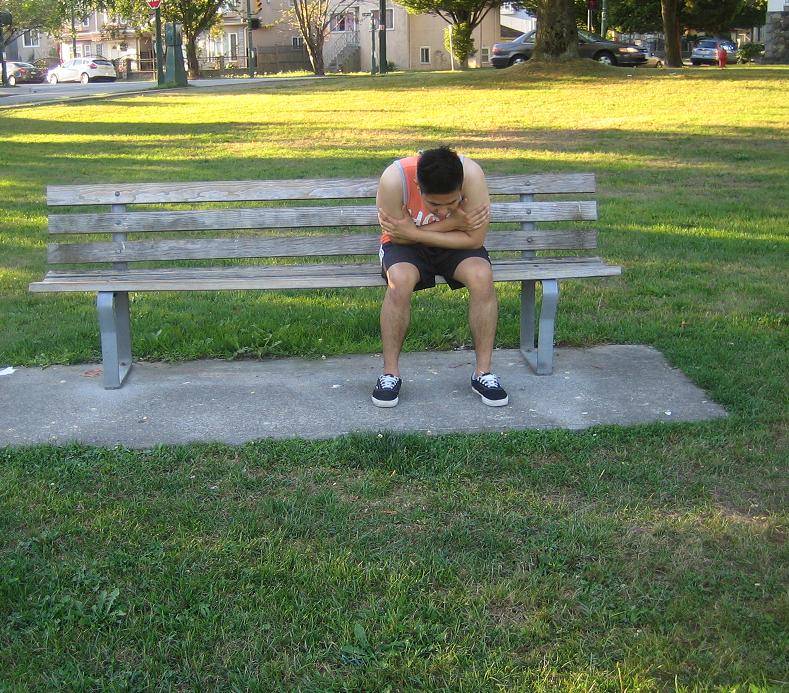Heat cramps are sore muscle spasms that occur in the legs, arms or abdomen that typically start after several hours of exerting under the heat. Aside from muscle cramps, other indications of heat cramps might include weakness, faintness, dizziness and excessive sweating.
In most circumstances, an individual ends up with heat cramps after a number of hours of exertion and profuse sweating which leads to dehydration.
Possible causes of heat cramps
The precise cause of heat cramps is still unknown but the usual theories commonly cited include the following:
- Dehydration
- Altered neuromuscular control
- Muscle fatigue
Aside from muscle cramps, other indications of heat cramps might include weakness, faintness, dizziness and excessive sweating. - Depletion of electrolytes
- Poor conditioning
- Engaging in a new activity
It is important to note that muscle cramps are common while exercising under the heat since sweat contains fluids along with electrolytes. Once these nutrients especially sodium drops due to excess sweating, the risk for heat cramps increases.
Treatment of heat cramps
Once any of these symptoms of heat illness are present, it is vital to observe the following actions:
- Stop any activity and instruct the individual to rest quietly in a cool place.
- Provide the individual with a sports beverage that contains electrolytes. You can prepare a solution with ¼ teaspoon table salt dissolved in a quart of water.
- The cramping muscle must be gently stretched and massaged.
- Hold the joint in a stretched position until the cramping stops.
If the heat cramps do not subside within an hour, seek medical care.
How to prevent heat cramps
- When exercising during warm weather, it is vital to acclimatize to the heat for about a week before starting any intense workout. This will allow the body to adapt gradually to the heat.
- Ensure that the body is properly hydrated before and after exercise and replace the lost electrolytes such as potassium, sodium and magnesium with a sports drink or food.
- The individual should avoid engaging in any exercise during the hottest time of the day. It is best to exercise close to sunset or sunrise.
- Use loose, light clothing so that sweat is allowed to evaporate. It is best to invest in clothes that allow moisture to wick away from the skin to the exterior layer of the clothing where it can readily evaporate.
- Apply sunscreen to prevent sunburn which is a condition that limits the ability of the skin to cool itself.
- When outdoors, it is best to use a hat that has a wide brim.
- If the individual feels that his/her capabilities start to diminish, stop activity and move to a cool, sheltered area.
- Avoid drinking alcoholic or caffeine-based beverages before exercise since they increase the risk for dehydration.


